Related Content
Content
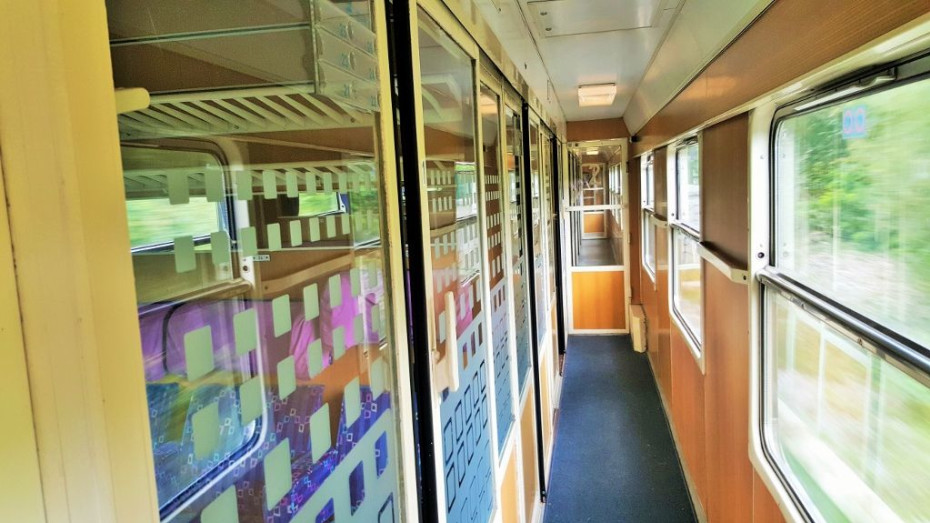
Travelling by EuroCity (EC) Trains
All you need to know about travelling on the European international express trains, which don't travel on the high speed lines and often take the scenic route
Share
It is Europe's international trains that provide so many of the romantic aspects of European train travel, especially coming from a UK perspective, where being an island race, the prospect of crossing borders by train has always seemed rather thrilling.
Partly because the exoticism of such journeys, in an age when international travel was comparatively rare, also provided the basis of so many iconic thrillers such as Murder On The Orient Express, The Stamboul Train and The Lady Vanishes.
Today's international high speed European trains provide a different kind of thrill, but they've removed much of that mystique.
However, travelling by EuroCity trains, particularly on their longer routes can still set the imagination racing, especially when they're stopped at a border station awaiting their passage into another country.
And the popularity of TV programmes such as 'Great Continental Railway Journeys' suggest I'm not entirely eccentric in holding this opinion.
An introduction to the EC services:
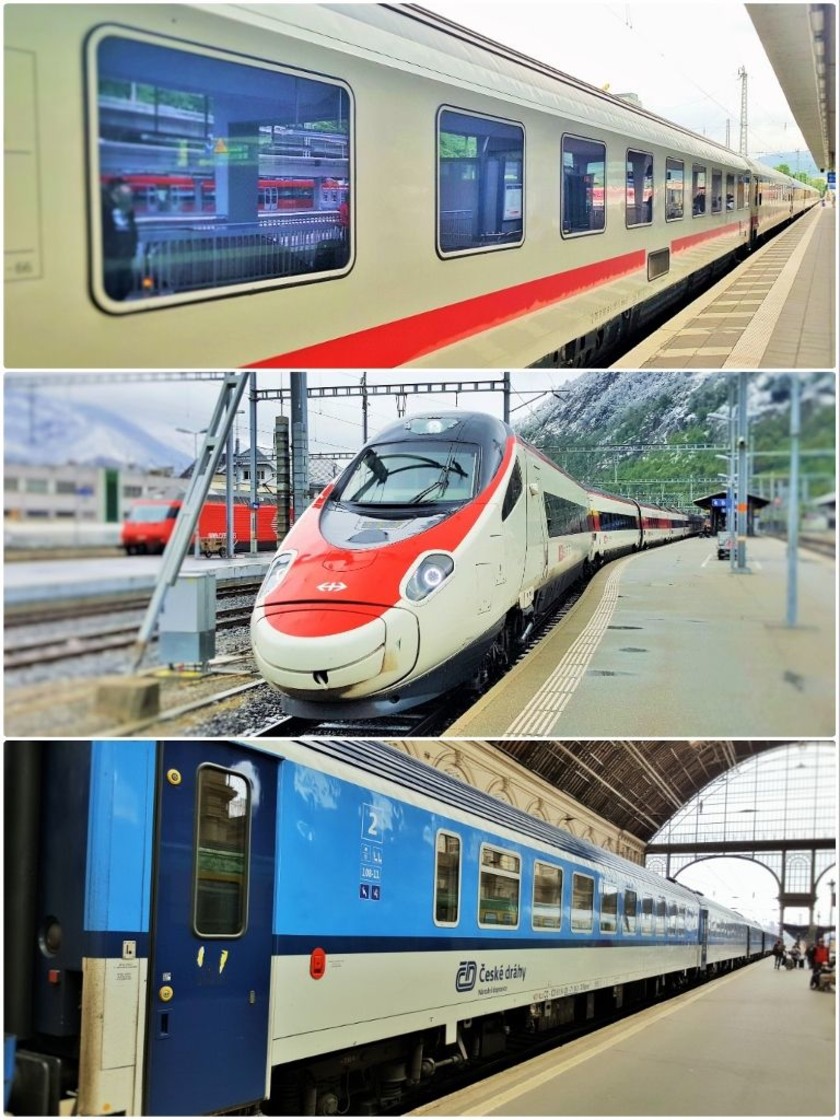
EuroCity (EC) trains are European international express trains, but they are not used on every cross-border railway route in Europe - see the menu for the current list of routes.
They are not high speed trains, so they can’t use the high speed lines, which partially explains why there are no EC services to and from France; because all of the international express trains from France spend at least part of their journeys travelling on high speed lines.
There are also no EC services from and to Belgium, Luxembourg, Spain and The Netherlands.
Note ShowMeTheJourney has used the term ‘EC services’ and that’s because a wide variety of trains are used on these routes across the continent.
Though specific types of train are usually used on each EC route, which is why and how ShowMeTheJourney is able to usually include the specific trains you will be travelling by, on its journey guides.
A brief history:

Until the early 1990s most of the fast international express services on continental Europe were branded TEE meaning Trans-European-Express.
These trains were often glamorous icons of transport design, so fabulous that they were celebrated by Kraftwerk, but their luxury came at a price, because nearly all TEE trains were first class only.
Various factors contributed to these supreme services being no longer relevant to the needs of travellers, so the EuroCity services were largely introduced as replacements for the TEE trains.
In contrast to the TEE trains, the EuroCity services were to also convey second class coaches, but certain higher than average standards were still set for EuroCity services.
These included that they had to convey restaurant cars, be air-conditioned and be express trains, calling at only the biggest cities and towns that they passed through.
These core principles still generally apply today, in particular nearly all EC services still convey restaurant cars.
Today's EuroCity services and trains:
Specific trains are used on virtually all current EC routes because, usually one of the national rail operators of the countries that each route passes through, takes responsibility for providing the service.
However, from a traveller’s point of view this can seemingly lack logic, because often it is the country that comprises the smallest percentage of the journey, which provides the trains used on each route.
For example, the Austrian national rail operator provides the trains which travel on the EC routes between Munich and Italy, despite the fact that these trains only spend a little over an hour travelling through Austria.
Another example is that the Swiss national rail operator SBB provides the trains which are used on the EC services between north-west Germany and Switzerland, despite these trains spending more than 80% of their journeys travelling through Germany; and these are just two examples
But in Eastern Europe it’s more common for the trains to have a split personality, in an echo of how international trains used to be operated for much of the 20th century.
Travel between Villach in Austria and Zagreb in Croatia and you could find yourself travelling in an Austrian, German or Croatian railway carriage, all being used on the same departure.
Making national / domestic journeys
You don’t have to be making an international journey to travel on an EC train/service, when on route to and from an international border, the EC routes/services usually travel between many cities in each respective country.
On this part of the journey they can share the timetable with non-international express trains – usually the express InterCity (IC) services which don’t cross borders.
On some routes even if you’re NOT making an international journey, you will still have to travel on an EC service if you want to take a direct train - and this contributes to the quirky, but fascinating aspects of travelling around Europe by train.
Take an express train between Berlin and Dresden and you can be travelling on a Czech or Hungarian train, or travel between Venice and Bolzano and you will be on an Austrian train.
The older trains
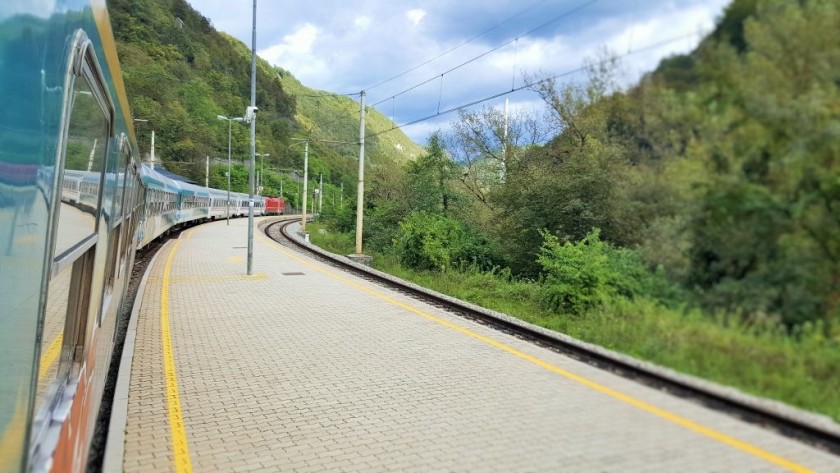
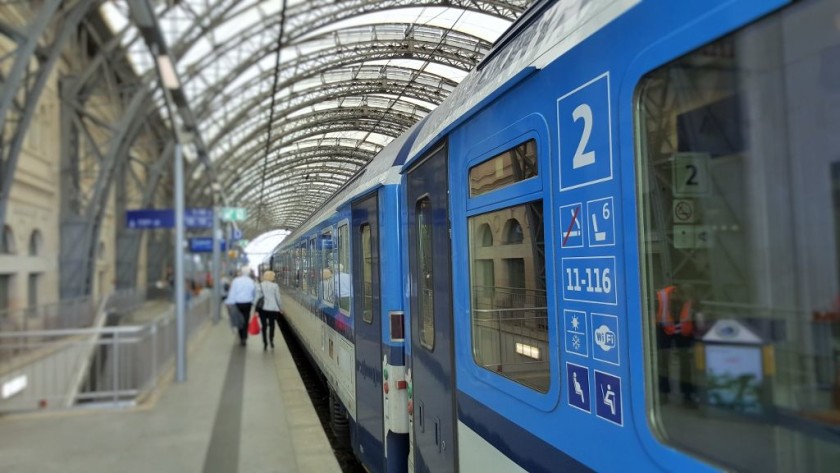
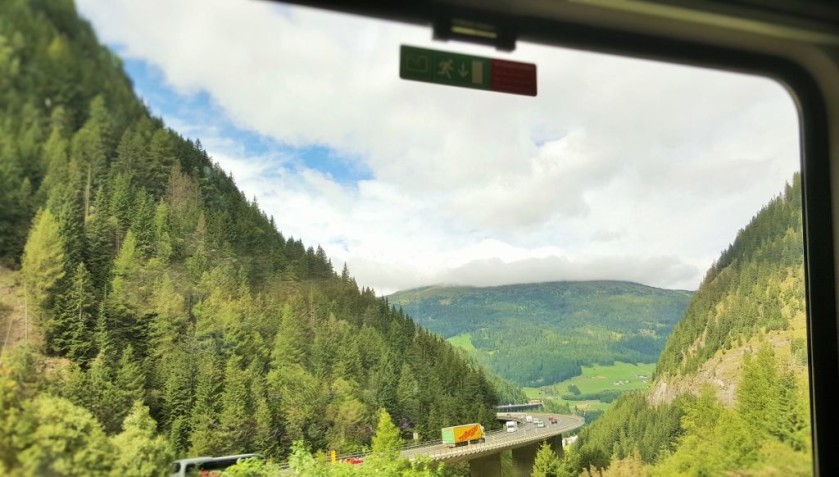

To provide the EC services most of the national rail operators use the same type of train that they use for domestic IC (InterCity) express services.
However, thanks to the advent of the high speed trains the trains used on some EC routes have a somewhat retro aura, they can date back to the 1980s.
And this can be reflected by the on board experiences, these trains may not have wi-fi portals, or fancy TV screens showing info such as the next station the train will be calling at.
But don’t let this retro-aura put you off making a journey by EC train, some of these trains can seem a tad dated externally, but inside they are usually more spacious and therefore more comfortable than many more modern trains.
Most of these EC trains also convey seats in compartments in both 1st and 2nd class, plus most of the seats throughout the train will line up with the windows.
The fact that it's likely that you'll be able to have a good view from the windows is a big plus, as most EC trains take highly scenic routes for at least part of their journeys!
A new generation of services
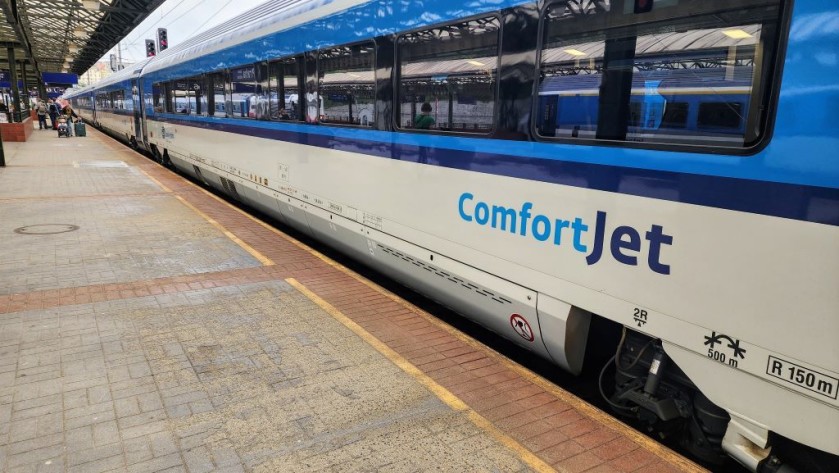
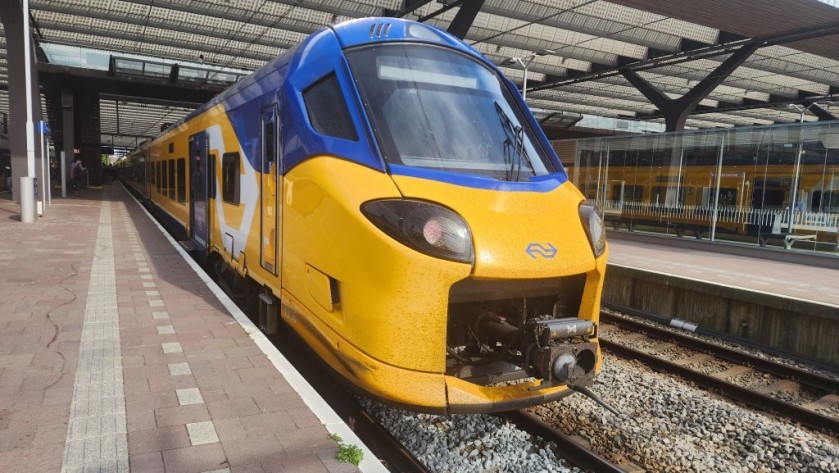

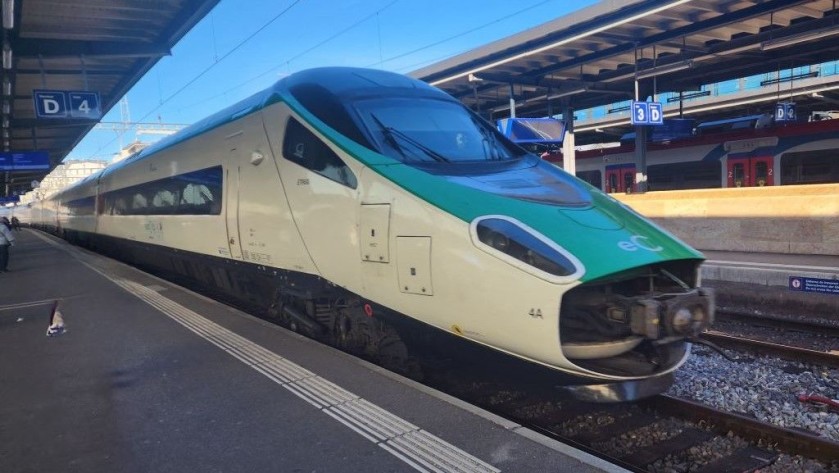
Though a trend of recent years is that brand new trains have been introduced to many EC routes and services.
They include:
- the superbly up to date Giruno trains
- the the latest version of the very smart Railjets.
- new Comfort Jet trains, which are similar to the Railjets
- Euro City Direct trains which spend most of their journeys on high-speed lines
These trains are comparable with the slightly older Astoro trains, which are also now branded as ECE services on the Munich to Zurich route.
However, to presumably make a distinction between these trains and their older predecessors, the EuroCity branding can now be blurred.
For example, it's becoming common for the Railjet trains used for the EC route between Munich and Verona to simply be branded as Railjet and for it to be known as a Railjet route - and this is likely to become the situation when the Railjets completely replace the EC trains on this route
The current EuroCity routes:
Click on the city names to access specific departure and ticket info (not every calling point has been included):
(1) Frankfurt (Main) - Mannheim - Karlsruhe -Baden Baden - Freiburg ↔ Basel - Zurich - Bellinzona - Lugano - Como - Milano
These trains are now scheduled to be used on this route.
(3) (Venezia – Verona) - Milano – Stresa – Domodossola ↔ Brig – Sion – Montreux – Lausanne – Geneve
These trains and occasionally these trains are used on this route.
(4) Milano – Stresa – Domodossola ↔ Brig - Visp – Spiez – Thun – Bern – Olten – Basel
These trains and occasionally these trains are used on this route.
(5) (Venezia – Verona) – Milano – Como ↔ Lugano – Bellinzona – Zug – Zurich
These trains are now scheduled to be used on this route.
(6) Milano – Como – Lugano ↔ Bellinzona – Luzern - Olten - Basel
These trains are now scheduled to be used on this route, but occasionally these trains can be used
(7) Munich/Munchen – Rosenheim – Innsbruck ↔ Brennero – Bolzano – Trento – Verona – Bologna OR Venezia
These Railjet trains are now used on most departures, with these EC trains used for a few departures.
(8) Hamburg – Lubeck ↔ Nykobing – Roskilde – Kobenhavn/Copenhagen (these services are now often referred to as IC services)
Older German IC trains are now used for most departures, with these trains still used for a few departures; though brand new trains should be introduced in 2026.
(9) Berlin – Frankfurt (Oder) ↔ Rzepin – Pozan – Warszawa
These trains are used on this route.
(10) Hamburg – Berlin – Dresden ↔ Decin - Praha/Prague - Pardubice – Brno – Bratislava – Vac – Budapest
These trains are used for services from and to Budapest, but these new Comfort Jet trains are now used for most departures which don't travel beyond Prague.
(11) Wien/Vienna – Budapest ↔ Novi Sad – Beograd/Belgrade (this service is suspended due to works on the Serbian railways)
Trains similar to this are used on this route.
(12) Graz ↔ Maribor – Zagreb
These trains are used on this route.
(13) Wien/Vienna – Graz ↔ Maribor – Ljubljana - Trieste
These trains are used on this route.
(14) Villach ↔ Lesce-Bled – Ljubljana – Zagreb – Vinkovoci
These trains are used on this route.
(15) Saarbrucken – Kaiserlautern – Mannheim - Stuttgart – Ulm – Augsburg - Munich/Munchen ↔ Salzburg – Seltzhal – Graz
These trains are used on this route.
(16) Frankfurt (Main) – Mannheim - Heidelburg – Stuttgart – Ulm – Augsburg - Munich/Munchen ↔ Salzburg – Bad Gastein – Villach – Klagenfurt
These trains are used on this route.
(17) Zurich – Buchs ↔ Feldkirch - St Anton - Innsbruck - Zell am See - Seltzhal - Leoben - Graz
These trains are used on this route.
(18) Hamburg - Bremen - Dortmund - Essen - Dusseldorf - Koln/Cologne - Bonn - Koblenz - Mainz - Mannheim - Karlsruhe - Baden Baden - Freiburg ↔ Basel - Olten - Bern - Thun - Spiez - Interlaken
These trains are used on this route.
(19) Hamburg - Bremen - Dortmund - Essen - Dusseldorf - Koln/Cologne - Bonn - Koblenz - Mainz - Mannheim - Karlsruhe - Baden Baden - Freiburg ↔ Basel - Zurich
These trains are used on this route.
(20) Munchen/Munich - Lindau ↔ Bregenz - St Gallen - Zurich
These trains are now used on this route.
(21) Gdasnk - Warszawa/Warsaw - Katowice ↔ Ostrava - Breclav - Wien/Vienna
These trains are used on this route
(22) Warszawa/Warsaw - Katowice ↔ Ostrava - Breclav - Bratislava - Vac - Budapest
These trains are used on this route
(23) Warszawa/Warsaw - Katowice ↔ Ostrava - Olomouc - Pardubice - Praha/Prague
These trains are used on this route

Simon Harper
I wanted to share my passion for train travel and explain how anyone can take the fantastic journeys I have taken.

This is one of more than 100 train travel guides available on ShowMeTheJourney, which will make it easier to take the train journeys you want or need to make. As always, all images were captured on trips taken by ShowMeTheJourney.
This second version of ShowMeTheJourney is exciting and new, so we are genuinely thrilled that you are here and reading this, but we also need your help.
We’re striving not to let anything get in the way of providing the most useful service possible, hence a facility has been set up with DonorBox which can be used to support the running costs and make improvements.
Instead of advertising or paywalls, your financial support will make a positive difference to delivering an enhanced service, as there’s a lot of ideas which we want to make happen.
So if you have found the info provided here to be useful, please consider saying thank you.
